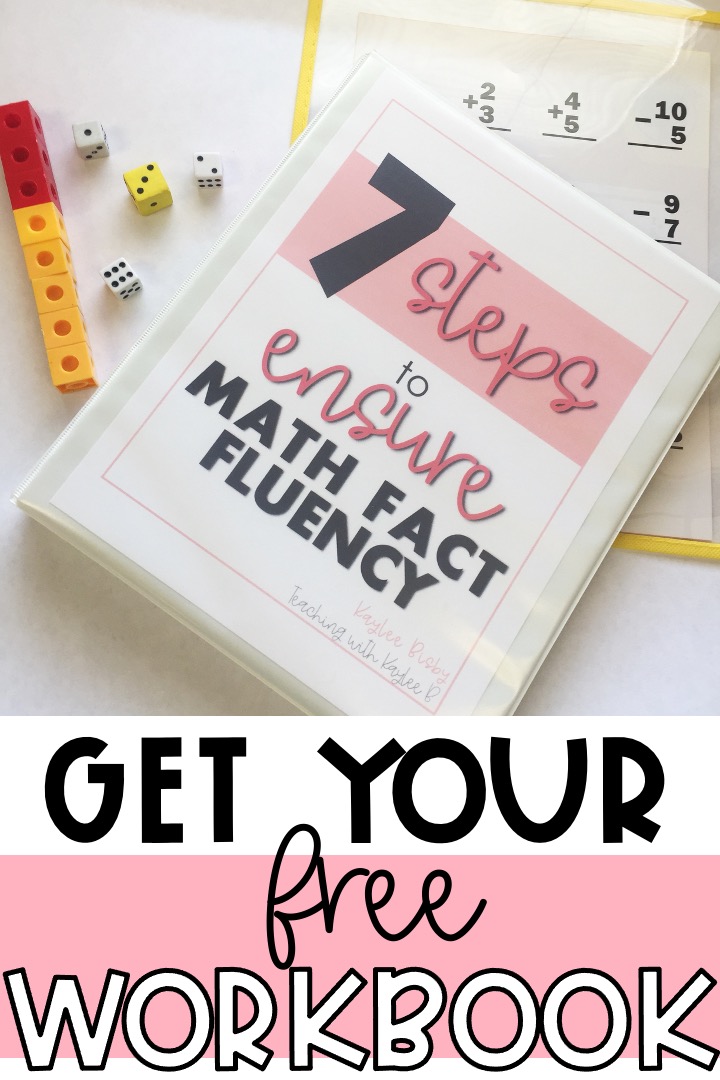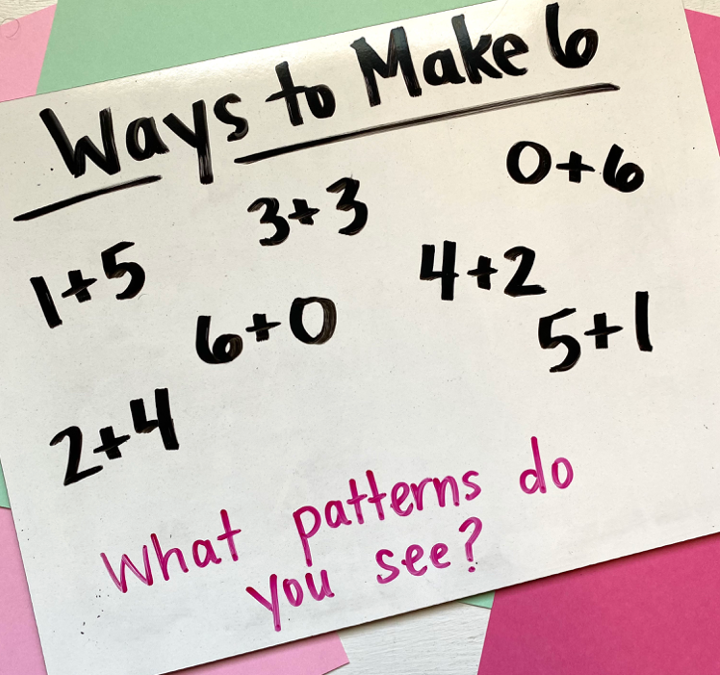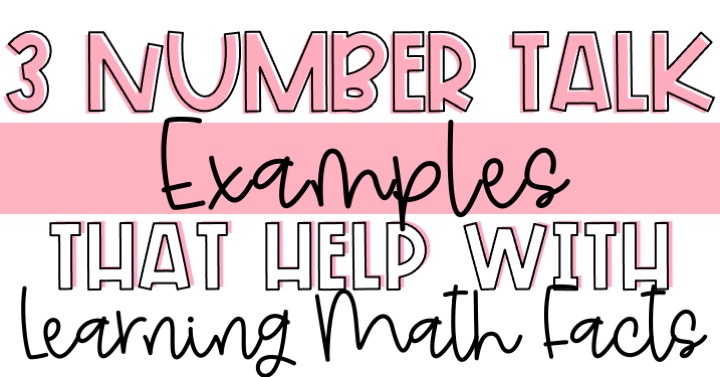
When it comes to students learning their math facts, I don’t want just rote memorization. I want them to learn them in a way that builds number sense. A way that builds meaning around the facts. That is why I use number talks in my classroom. I’m going to be sharing 3 number talk examples that help my 2nd grade students learn their addition and subtraction facts.
What are Number Talks
First, let’s start with the basics. Let’s talk about what are number talks. Number talks are math warm ups where we get students to share their reasoning on how they found the answer to math problems. I love doing this with math facts because there are so many different strategies and reasonings students come up with to find the answer.
As students share their reasoning out loud, they are building those connections, helping them memorize the facts. They build their confidence in math because it shows them that math is not all about speed. They see that their classmates solved the same problem in the same way or a different way, and that it can be celebrated.
So let’s get into the 3 number talk examples that help with learning math facts.
Number Talk Examples
Math Fact of the Day
This first one, I call Math Fact of the Day. I use it as part of our math meeting. I simply put an addition or subtraction fact up on the board and ask students, “How do you solve it?” I give students plenty of time to think about it.
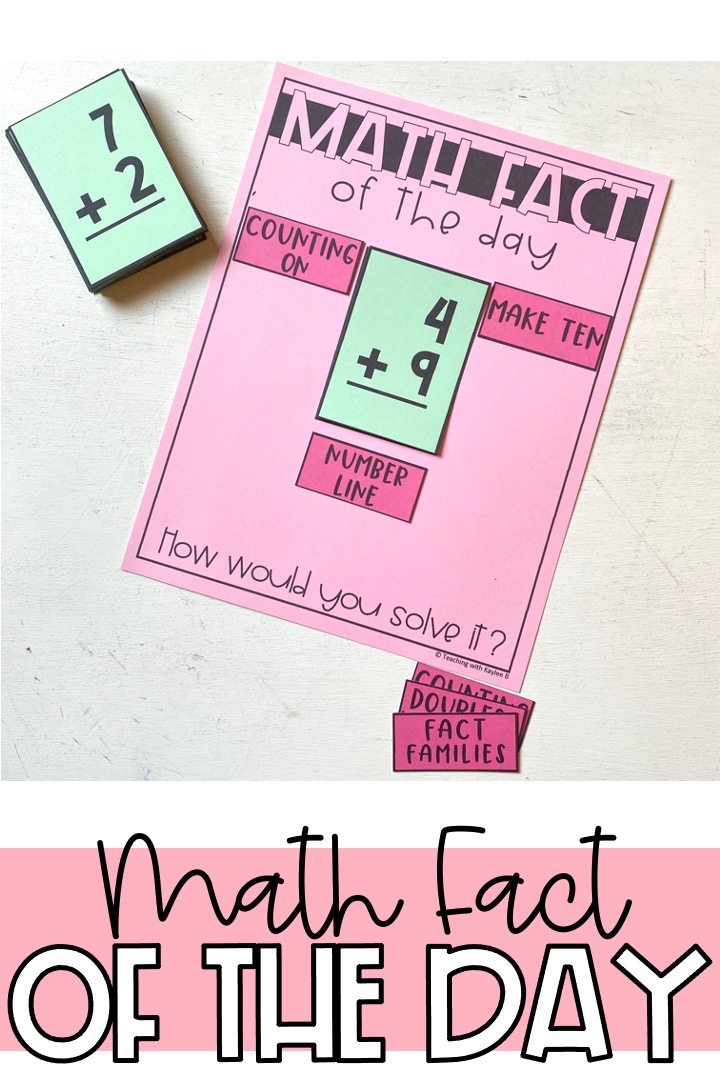
I have them turn and share with a partner how they get the answer. Then I call on a few students. I record their reasoning up on the board. We talk about what math fact strategies they use. I ask, “Who else thought about it this way?” Or I ask, “Who thought about it in a different way?” I love to see the many different strategies students use.
Want a single page print out of all the math fact strategies? I have one included in my free workbook for 1st and 2nd grade teachers, The 7 Steps to Ensure Math Fact Fluency. Download it free here.
Decompose Numbers
It’s important for students to know how to decompose numbers because it helps them with those reasoning strategies with math facts. I’ll put a number up on the board like 6, and I’ll ask, what are all the ways we can make 6? Students will come up with equations like 1+5, 2+4, and 3+3.
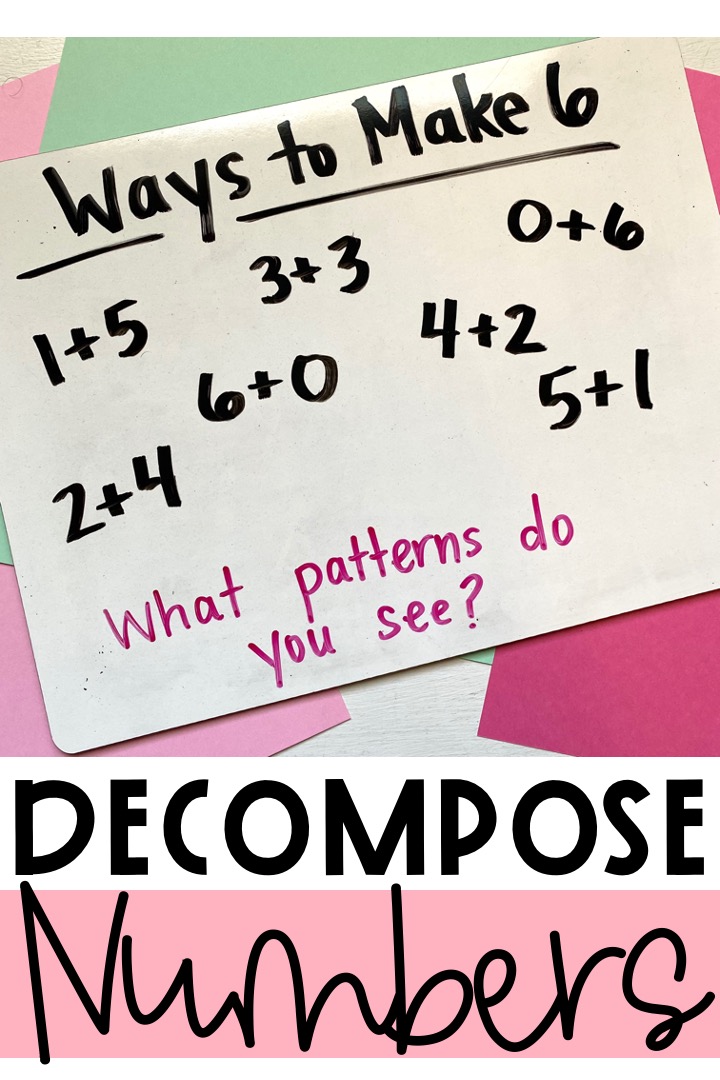
I like to take this a step farther, and write an equation up on the board like 8+6. Then I ask, how can we use different ways to make 6 to help solve this equation? Students should see that we can break 6 apart into 2 and 4. 8+2=10 and 10+4=14, so 8+6=14.
Using these reasoning strategies help students on their way to math fact mastery. To learn more about teaching students how to decompose numbers, read this blog post here: Why Decomposing Numbers is the Best Thing to Help Students with Math Facts.
What Patterns Do You See
Our brains love patterns. They are able to remember patterns better. That is why we need this important number talk when it comes to number talk examples.
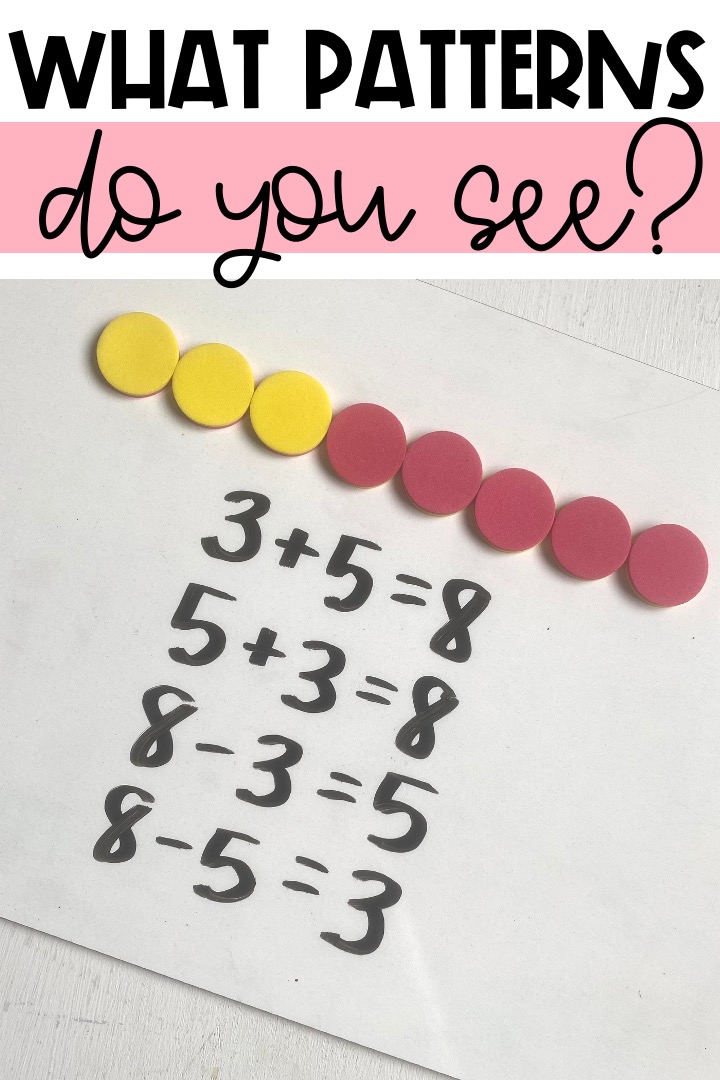
If we help students see what many facts are related and have patterns they are able to commit the facts to memory easier. I like to put up related addition and subtraction facts. Then I ask my students, “What patterns do you see?” They tell me the patterns and then we practice with other equations and fact families. To learn more about fact families read this blog post here, 3 Reasons Why You Need to Teach Fact Families. To give your students farther practice with fact families, check out these Fact Family Task Cards here.
I hope these 3 number talk examples give you number talk ideas that you can use in your classroom. Getting students talking about their reasoning with math facts is a key component to helping students get to math fact fluency. For even more help with getting students involved in math discussions, read this blog post here: 5 Tips to Engage All Learners In Math Discussions
For a step-by-step guide for helping your students master their addition and subtraction facts, download my free workbook here: The 7 Steps to Ensure Math Fact Fluency.
